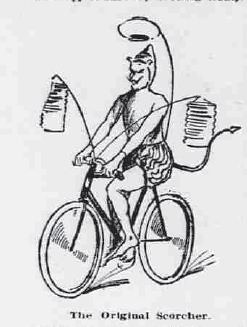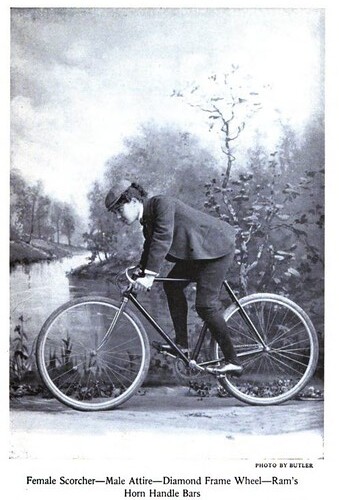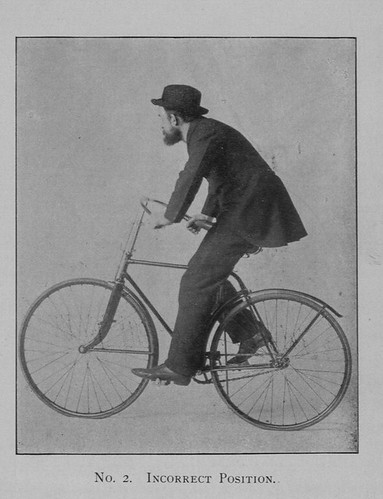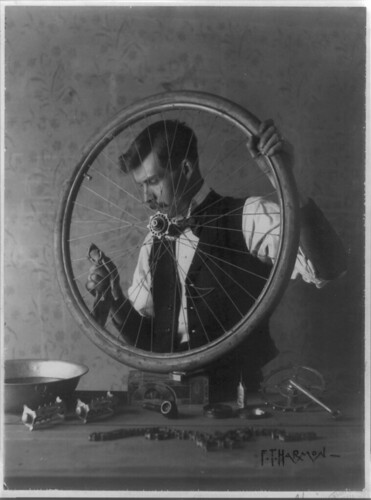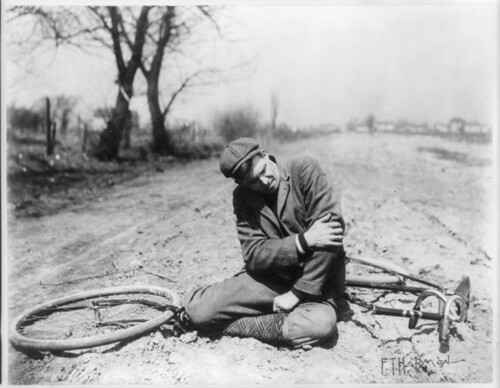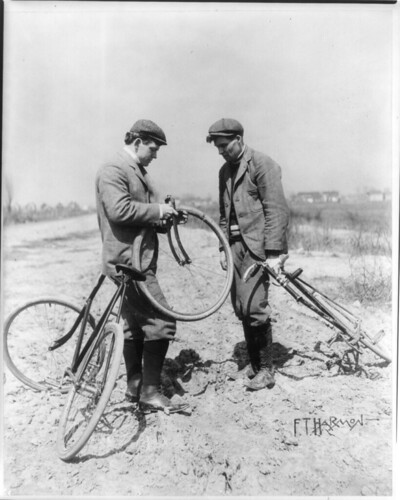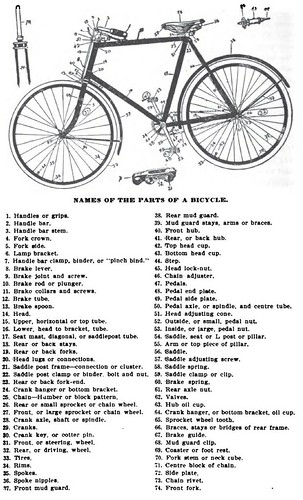 Peddling Bicycles to America: The Rise of an Industry by Bruce D. Epperson
Peddling Bicycles to America: The Rise of an Industry by Bruce D. EppersonMy rating: 3 of 5 stars
This seems to be one of those rare cases where the author's eagerness to include much of what he learned in his book diminishes the result. The author obviously knows an incredible amount about the subject - he documents this both in the preface and in the notes and bibliography, but what story is he trying to tell? Based on very last sentence, apparently his main point was to fit bicycle manufacturing history into its proper place between arms manufacturing and automobile mass production. If that's the case, then why did we need so many details about all the members of Albert Pope's extended family?
My review is just as bad as the book in this regard - it assumes you know who Albert Pope is. This in fact is probably the greatest weakness of this book, which is that it is really intended for a specialist audience which seems too bad, since there is so little written on this topic for a more general audience. I think it would have been possible to have the book serve both audiences reasonably well, but that isn't this book.
Epperson debunks various commonly held (in small circles) assumptions or understandings about bicycle production from the 1890s, such as the number of bicycles built and sold by the big companies - it wasn't so many, basically. This seems to be one of his big goals, to correct the record. The book is put forth as a technical and economic history, but I don't quite see how an economic history can spend so little time describing the customers' interests and the market for bicycles generally during this period. Again, it is the "book for specialists" problem. (If this is a problem.)
This is a very interesting book for someone who has already read about this period and knows some of the history but it isn't a very good book for anyone else. Alas.
View my GoodReads list of cycling books and review.
